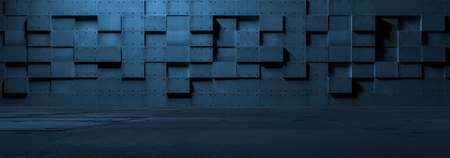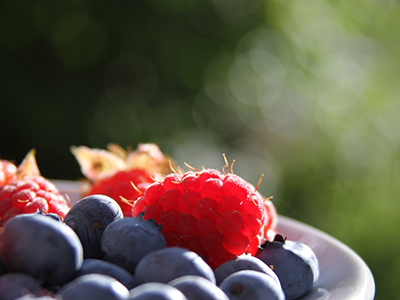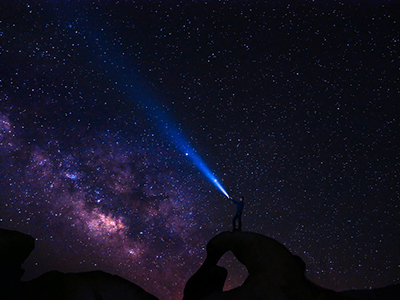官方真题Official5托福听力Lecture2文本+真题+答案解析
- 2018年01月18日14:03 来源:小站整理
- 参与(0) 阅读(38625)
现在大家在进行托福备考时官方真题Official托福模考软件相信是大家用的最多的工具了,对于托福成绩的提升是非常有帮助的。托福听力可以说是整个托福考试当中比较重要的一个部分,如何利用现有资料官方真题Official模考软件来提升大家的托福成绩呢?今天小编在这里整理了官方真题Official5托福听力Lecture2文本+题目+答案解析来分享给大家,希望对大家托福听力备考有帮助。
官方真题Official5托福听力Lecture2原文文本
Narrator: Listen to part of a lecture in an Astronomy Class
Professor: Last week, we covered some arguments against going back to the Moon. But there are compelling reasons in favor of another Moon landing too, um… not the least of which is trying to pinpoint the moon’s age. We could do this in theory by studying an enormous impact crater, known as the South Pole-Aitken Basin. Um…it’s located in the moon’s South Polar Region. But, since it’s on the far side of the moon, it can only be seen from space.
Here is an image of…we’ll call it the SPA Basin. This color-coated image of the SPA Basin, those aren’t its actual colors obviously, this image is from the mid-90s, from the American spacecraft called Clementine. Um… unlike earlier lunar missions, Clementine didn’t orbit only around the moon’s equator.
Its orbits enabled it to send back data to create this topographical map of … well, the grey and white area towards the bottom is the South Pole, the purples and blues in the middle correspond to low elevations - the SPA Basin itself, the oranges and reds around it are higher elevations.
The basin measures an amazing 2,500 km in diameter, and its average depth is 12 km. That makes it the biggest known crater in our solar system and it may well be the oldest. You know planetary researchers love studying deep craters to learn about the impacts that created them, how they redistributed pieces of the planet’s crust.
And in this case, we especially want to know if any of the mantle, the layer beneath the crust, was exposed by the impact. Not everyone agrees, but some experts are convinced that whatever created the SPA Basin did penetrate the Moon’s mantle. And we need to find out, because much more than the crust, the mantle contains information about a planet’s or Moon’s total composition. And that’s key to understanding planet formation. Um…Dian?
Dian: So, the only way to know the basin’s age is to study its rocks directly?
Professor: Well, from radio survey data, we know that the basin contains lots of smaller craters. So it must be really old, about 4 billion years, give or take a few hundred million years. But that’s not very precise. If we had rock samples to study, we’d know whether these small craters were formed by impacts during the final stages of planetary formation, or if they resulted from later meteorshowers.
Dian : But if we know around how old the Basin is, I’m not sure that’s reason enough to go to the Moon again.
Professor: No…, but such crude estimates…um…we can do better than that. Besides, there’s other things worth investigating, like is there water ice on the moon? Clementine’s data indicated that the wall of the south-polar crater was more reflective than expected. So some experts think there’s probably ice there. Also, data from a later mission indicates significant concentrations of hydrogenand by inference water, less than a meter underground at both poles.
Student: Well, if there’s water, how did it get there? Underground rivers?
Professor: We think meteors that crashed into the moon or tails of passing comets may have introduced water molecules. Any water molecules that found their way to the floors of craters near the moon’s poles, that water would be perpetually frozen, because the floors of those craters are always in shadow. Um…furthermore, if the water ice was mixed in with rock and dust, it would be protected from evaporation.
Dian: So are you saying there might be primitive life on the moon?
Professor: That’s not my point at all. Um… OK, say there is water ice on the moon. That would be of very practical value for a future moon base for astronauts. Water ice could be melted and purified for drinking. It could also be broken down into its component parts - oxygen and hydrogen. Oxygen could be used to breathe, and hydrogen could be turned into fuel, rocket fuel. So water ice could enable the creation of a self-sustaining moon base someday, a mining camp perhaps or a departure point for further space exploration.
Student: But hauling tons of equipment to the moon to make fuel and build a life support system for a moon base, wouldn’t that be too expensive?
Professor: Permanent base, maybe a ways off, but we shouldn’t have to wait for that. The dust at the bottom of the SPA Basin really does have a fascinating story to tell. I wouldn’t give for a few samples of it.
查看官方真题Official5托福听力Lecture2的题目请进入下一页→→→






























